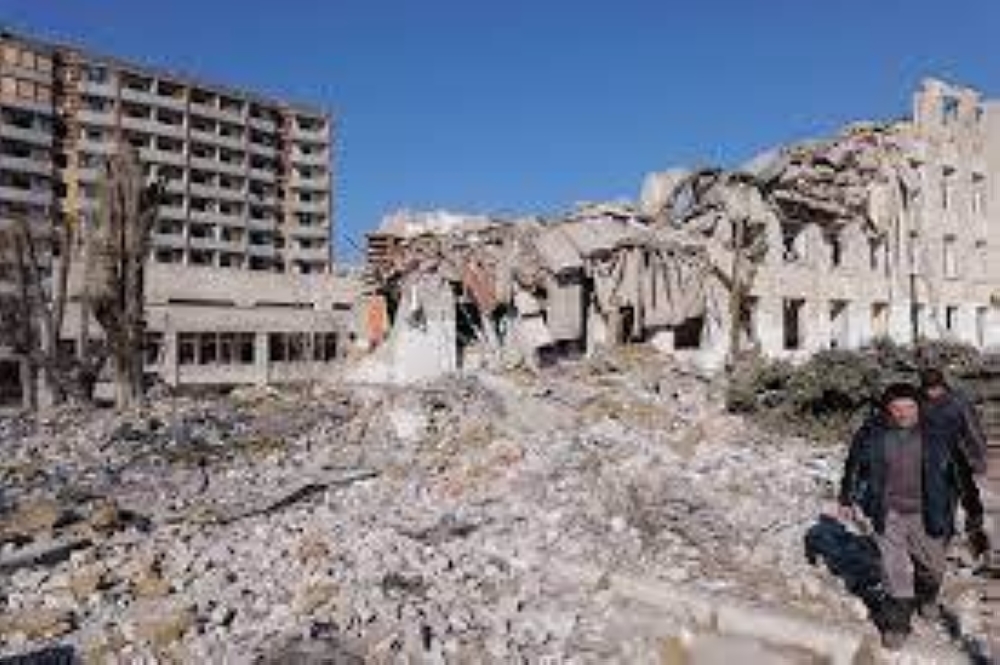Ukraine saw more than 900 cluster munition casualties in 2022, amid broad Russian use of the widely-banned weapons, driving global casualty figures to a record high, a monitoring group said Tuesday.
Since Russia launched its full-scale invasion of Ukraine in February last year, it has "extensively" used stocks of old cluster munitions and newly developed ones, and Ukrainian forces also used such weapons "to a lesser extent", the Cluster Munition Coalition said in an annual report.
In all, the country, which had registered no cluster munition casualties for several years, recorded 916 deaths and injuries from the weapons last year, impacting essentially civilians, the report showed.
Those casualties accounted for the vast majority of the global figure, which rose to 1,172 in 2022 -- the highest annual number since CMC began reporting in 2010.
Nearly all of the casualties registered in Ukraine -- 890 of them, including 294 deaths -- were caused by attacks using cluster munitions, which can be dropped from planes or fired from artillery, before exploding in mid-air and scattering bomblets over a wide area.
Such weapons also pose a lasting threat, as many fail to explode on impact, continuing to litter the ground and effectively act as landmines that can go off years after they are deployed.
Twenty-six of the casualties recorded in Ukraine last year were caused by such cluster munition remnants.
- Most victims civilians -As is typically the case with such weapons, "the vast majority of cluster munition casualties in Ukraine were civilians," Loren Persi, a co-author of the report, told AFP in an email.
A full 855 of the known casualties in Ukraine -- 93.3 percent -- were civilians, while 58 were military and three were deminers, according to CMC's data.
Persi meanwhile stressed that many casualties could have gone unrecorded, pointing to indications that there were at least another 51 cluster munition attacks in 2022 where casualties were not recorded.
Beyond Ukraine, cluster munition attacks were registered last year in Syria and Myanmar, with such attacks across the three countries causing 987 casualties in total.
That comes after no new casualties were recorded anywhere in the world from attacks using such weapons in 2021.
At least 185 people were meanwhile killed or wounded by cluster munition remnants across those and five other countries: Azerbaijan, Iraq, Laos, Lebanon and Yemen, the report showed.
That compares to 149 casualties in 2021, it said, pointing out that children make up over 70 percent of all casualties from cluster munition remnants.
Neither Russia, Ukraine, Syria nor Myanmar have joined the convention prohibiting the use, transfer, production and stockpiling of cluster bombs, which has 112 state parties and 12 other signatories.
The United States, which is also not a party to the Convention on Cluster Munitions, meanwhile sparked widespread outcry in July with its decision to provide Kyiv the weapons.
"New transfers and use of cluster munitions are of grave concern due to the documented harm to civilians and fact that a majority of countries have banned these weapons," said Mary Wareham, the arms advocacy director at Human Rights Watch, who participated in editing CMC's annual report.

